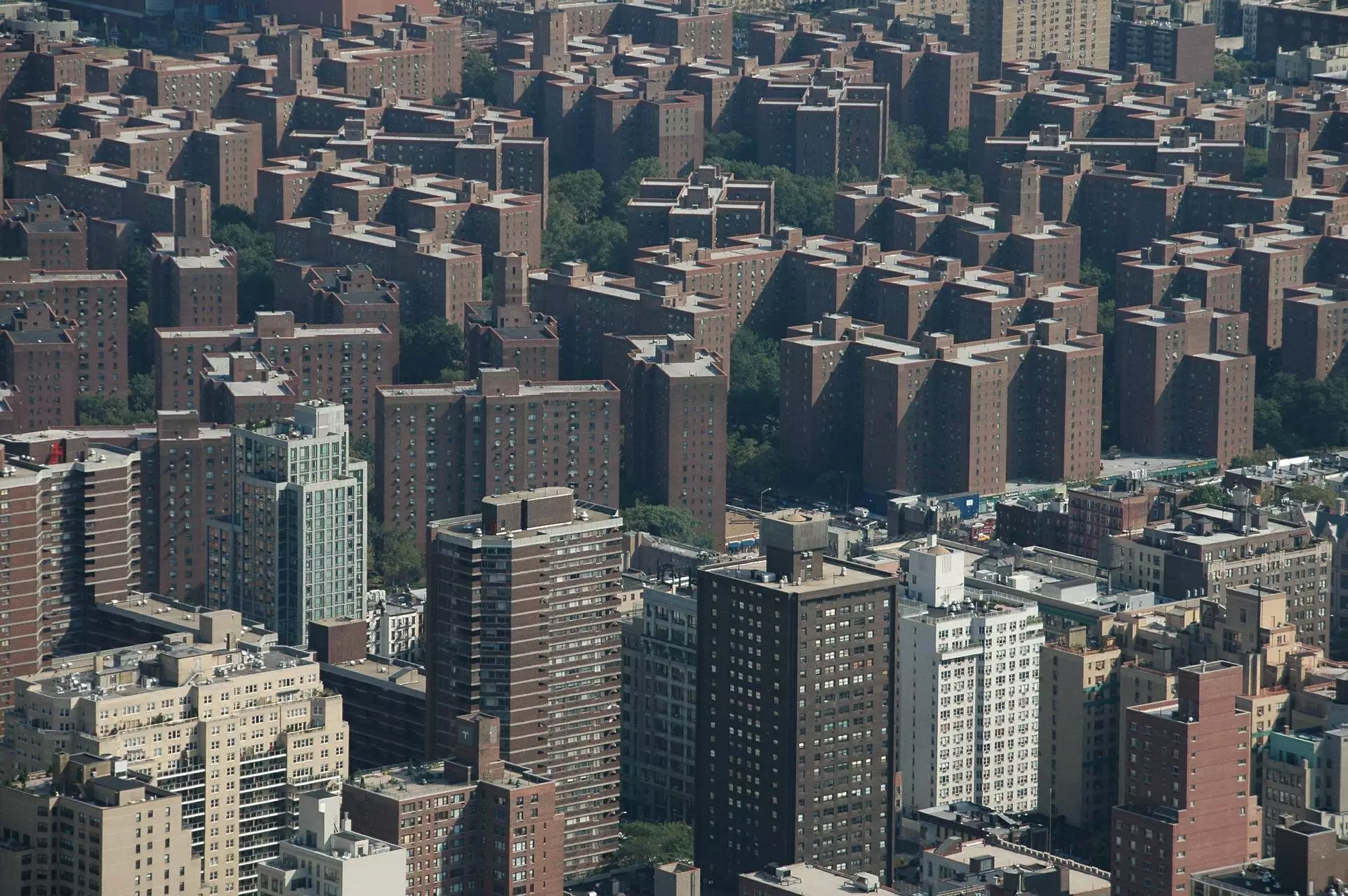A groundbreaking study co-authored by MIT researchers sheds light on the intricacies of air pollution and its unequal impacts on urban populations, particularly in the Bronx, New York. The research goes beyond mere geographic analysis of pollution; it employs sophisticated mobile data techniques to track the daily movements of individuals. This novel approach reveals that pollution exposure is not merely tied to where a person lives or works but also to their daily mobility patterns, which often bring them face-to-face with varying levels of particulate matter. This is an important shift in perspective that presents an urgent call to rethink how we assess air quality and its effects on public health.
The study quantitatively shows a 2.4% increase in pollution exposure, particularly fine particulate matter (PM2.5), when daily travel is taken into account. As Paolo Santi, a principal research scientist at MIT’s Senseable City Lab, articulates, “One of the main strengths of the study is that we try to improve the information we use…with the fine-grained estimation of people’s mobility.” By integrating these two critical aspects—air quality and mobility—the study lays the groundwork for understanding the real-time impact of environmental toxins on urban populations. This newfound clarity is essential not only for research but also for public policy aimed at improving air quality in marginalized communities.
Harnessing Technology for Better Data
The methodology employed in this research is strikingly innovative. By outfitting city vehicles with solar-powered environmental sensors, the researchers have effectively turned public service fleets into benchtop pollution monitors. Using optical particle counters alongside GPS sensors allows for an unprecedented collection of data from within the community itself. “This strategy shows that cities can use their existing fleet as environmental sensors,” says Simone Mora, indicating a paradigm shift in urban policy and environmental monitoring.
The researchers extracted data from over 500 million daily location records of half a million individuals. The massive dataset culminated in significant findings, particularly highlighting the southeastern Bronx, a region rife with expressways and industrial activities, where air quality is at its most fragile. This granular data provides a wealth of information that standard models often fail to capture. The emphasis on mobile data is a brilliant strategy to gather real-time exposure levels allowing for proactive measures rather than reactive responses to public health crises related to air pollution.
The Demographics of Air Quality: An Alarming Disparity
Another key takeaway from this research is the stark demographic disparities in air pollution exposure. The findings unveil that communities predominantly composed of Hispanic individuals face the highest levels of air pollution, deeper than income-related disparities. This presents not just a public health issue, but a social justice concern. How can we justify that certain populations bear a heavier burden of environmental toxins while others remain largely untouched? Such inequities merit urgent discourse and concerted efforts from policymakers, urban planners, and public health officials.
Duarte, one of the co-authors, emphasizes the alarming link between pollution exposure and health outcomes, particularly respiratory diseases like asthma. With the Bronx already having the worst air quality of any borough in New York City, it is imperative to confront this startling reality. To disregard these findings is to accept a cycle of health inequity that places vulnerable communities at further risk.
Looking Forward: Opportunities for Change
The implications of this study are vast. While the timing of the research—conducted during the COVID-19 pandemic—raises questions about the current mobility characteristics, it also opens avenues for future studies to assess the complexity of urban mobility in relation to air quality. Ratti mentions the potential for mobile data and pollution sensors on vehicles to serve as a comprehensive monitoring system. “It’s not expensive, we have the infrastructure… you can have better air quality monitoring,” he explains, signaling towards a future where technology and urban management converge for the public good.
Additionally, as Wang highlights, the potential scope of future research could expand to encompass a variety of air quality toxins beyond PM2.5. This presents an opportunity for interdisciplinary collaboration in toxicology and urban public health, paving the way for innovative solutions that tackle the multifaceted issue of air pollution. This study not only lays the factual groundwork but ignites the spark for action against an ongoing public health debacle. The intersection of data analytics, urban mobility, and environmental justice presents a pathway through which we can combat air pollution more effectively and equitably.

